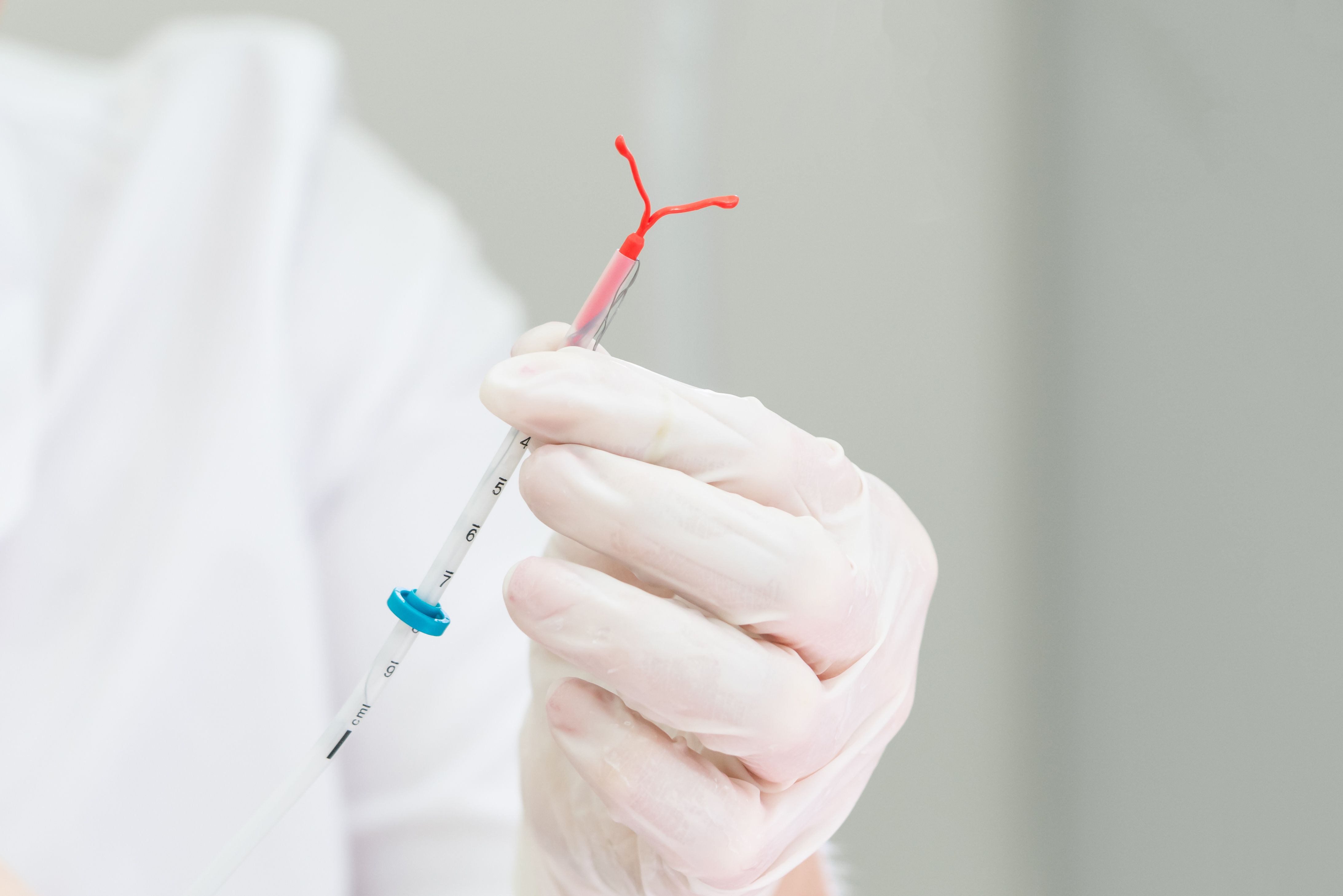Intrauterine devices often satisfactory after abortion
In a recent study, individuals with intrauterine device placement after abortion were commonly satisfied with the device and continued use after 1 year.
Intrauterine devices often satisfactory after abortion | Image Credit: © Mariakray - © Mariakray - stock.adobe.com.

According to a recent study published in Acta Obstetricia et Gynecologica Scandinavica, intrauterine devices (IUDs) have high rates of satisfaction and continuation following medical abortion.
While IUDs have been commonly used to prevent unwanted pregnancies, data on the long-term outcomes of IUD use in women after an early medical abortion is lacking. To address this knowledge gap, investigators conducted a randomized, controlled, multicenter trial.
IUD placement within 48 hours was compared to placement 2 to 3 weeks after a medical abortion up to 63 days’ gestation. Secondary data collected included IUD type choice, IUD satisfaction, IUD expulsion, factors impacting continuation and discontinuation, rates of continuation, subsequent pregnancies, and abortions within 1-year post abortion.
There were 120 women in the intervention group and 120 in the control group, with 93.3% and 94.2% respectively completing the 12-month follow-up. The intervention group had an IUD use rate of 75% at 12 months, compared to 66.4% in the control group. Long-term IUD use was only predicted by attendance at the IUD placement visit.
High contraceptive effectiveness was the most common reason reported for choosing an IUD, while the most common reasons reported for discontinuation were abdominal pain and bleeding problems. Few cases of IUD expulsion were seen, with discontinuation rates not differing between the 2 groups.
Of IUD users, 94% reported satisfaction after 1 year of use, while 65.8% stated they would recommend IUD to a friend. No contraception use was reported in 9.8% of the intervention group and 22.1% of the control group, while unprotected intercourse was reported in 15.2% of the intervention group and 28.3% of the control group.
The rate of subsequent pregnancies and abortion did not differ significantly between both groups. Subsequent pregnancies were seen in 12.5% of the intervention group vs 7.1% of the control group, while subsequent abortions were seen in 4.5% and 2.7% respectively.
These results indicated high rates of continuation and satisfaction among patients receiving IUD placement after medical abortion. Investigators concluded free IUD placement in clinical practice after abortion will increase attendance of the placement visit and continued IUD use after abortion.
Reference
Hogmark S, Envall N, Gemzell-Danielsson K, Kopp Kallner H. One-year follow up of contraceptive use and pregnancy rates after early medical abortion: Secondary outcomes from a randomized controlled trial of immediate post-abortion placement of intrauterine devices. Acta Obstet Gynecol Scand. 2023. doi:10.1111/aogs.14662
Recap on reproductive rights with David Hackney, MD, MS
December 20th 2022In this episode of Pap Talk, we spoke with David Hackney, MD, MS, maternal-fetal medicine physician at Case Western Reserve University and chair of ACOG's Ohio chapter for a full recap of where restrictions on reproductive rights have been and where they're going.
Listen
In this episode of Pap Talk, Gloria Bachmann, MD, MSc, breaks down what it means to be a health care provider for incarcerated individuals, and explores the specific challenges women and their providers face during and after incarceration. Joined by sexual health expert Michael Krychman, MD, Bachmann also discusses trauma-informed care and how providers can get informed.
Listen
Contemporary understanding of breast cancer risk with combined oral contraceptives
April 2nd 2024Unveiling the intricate relationship between combined oral contraceptive use and breast cancer risk, navigating through research insights and clinical implications for informed patient counseling.
Read More
